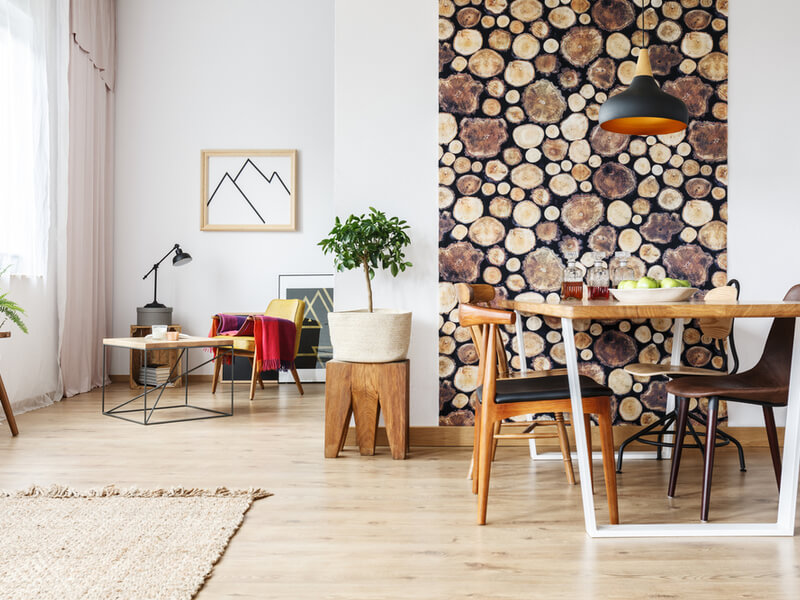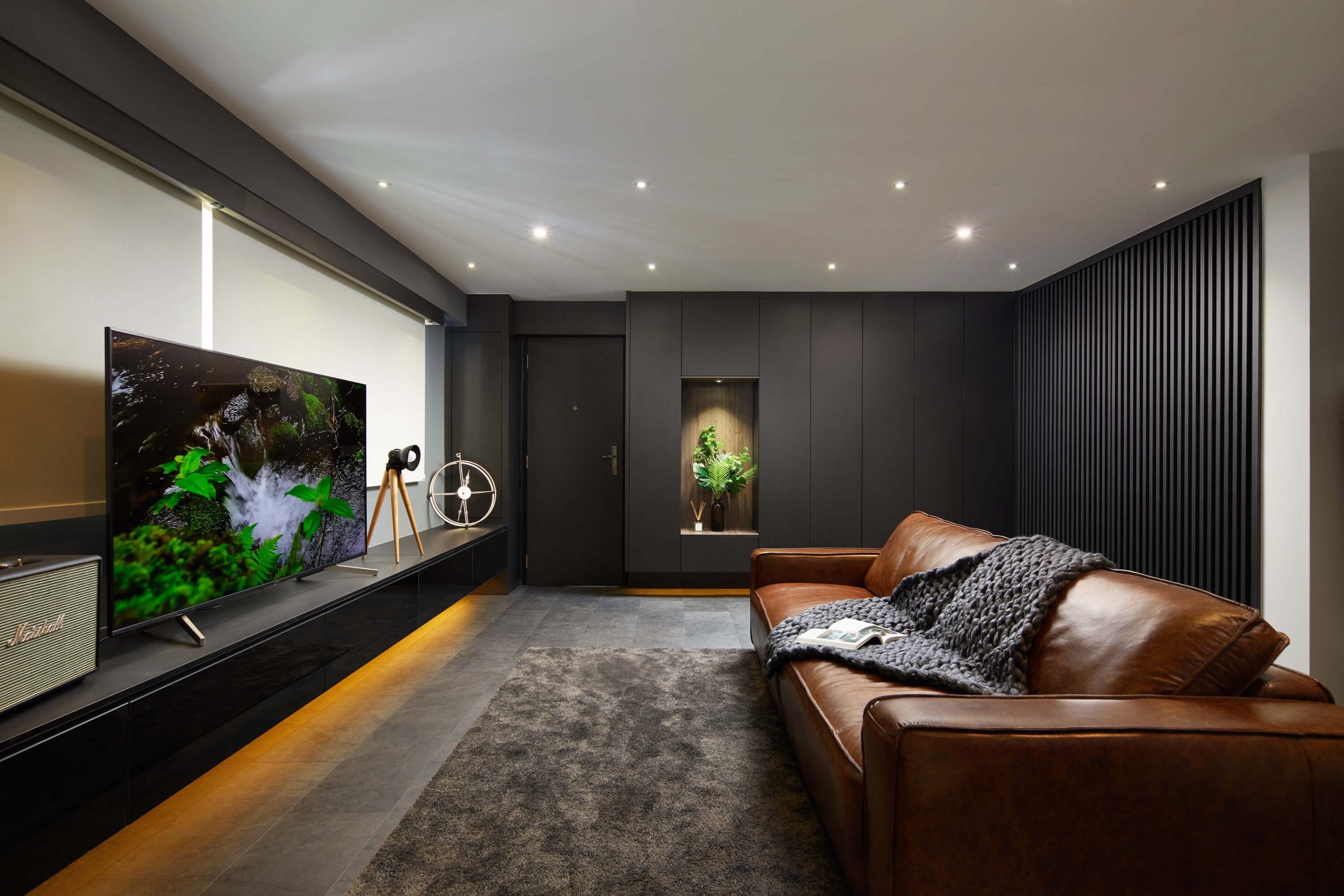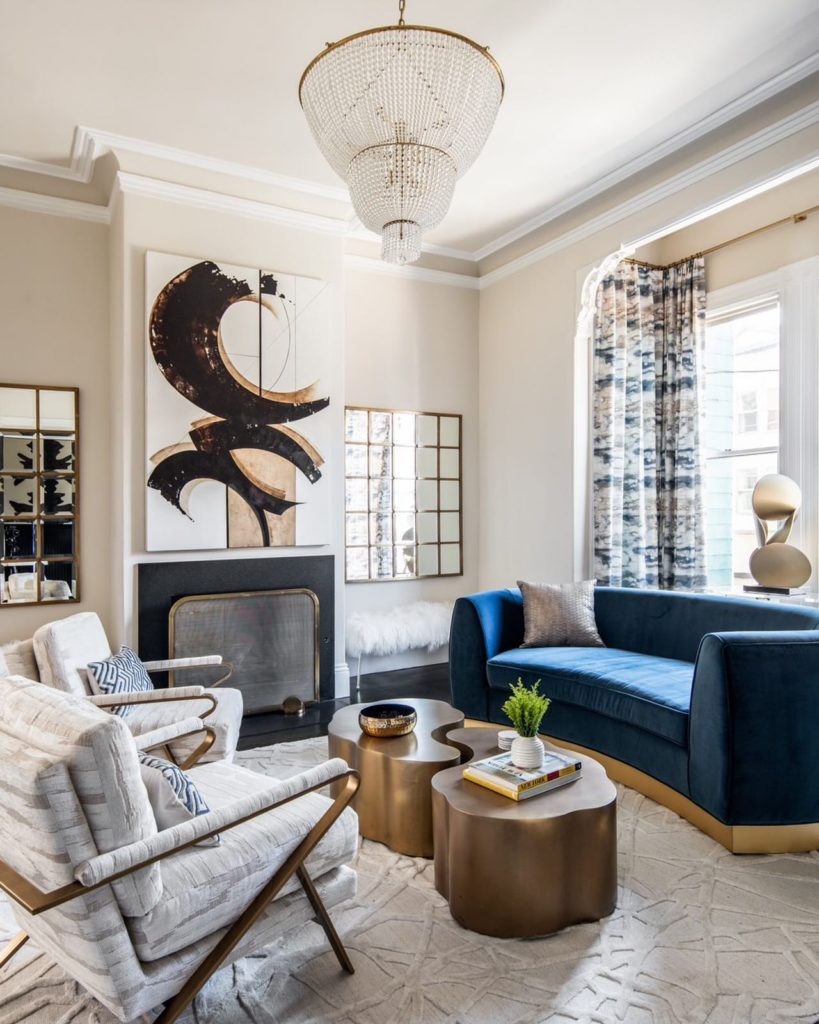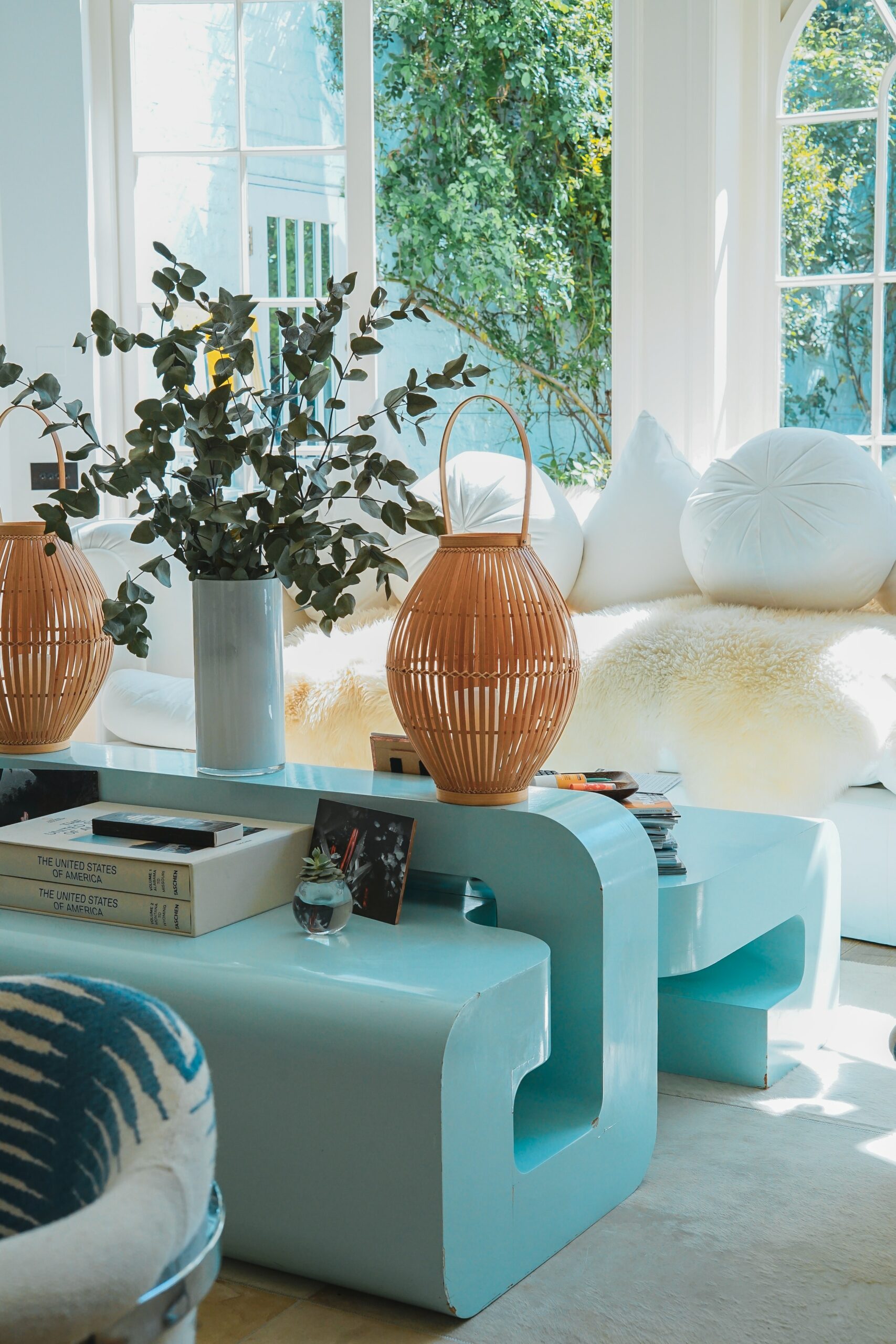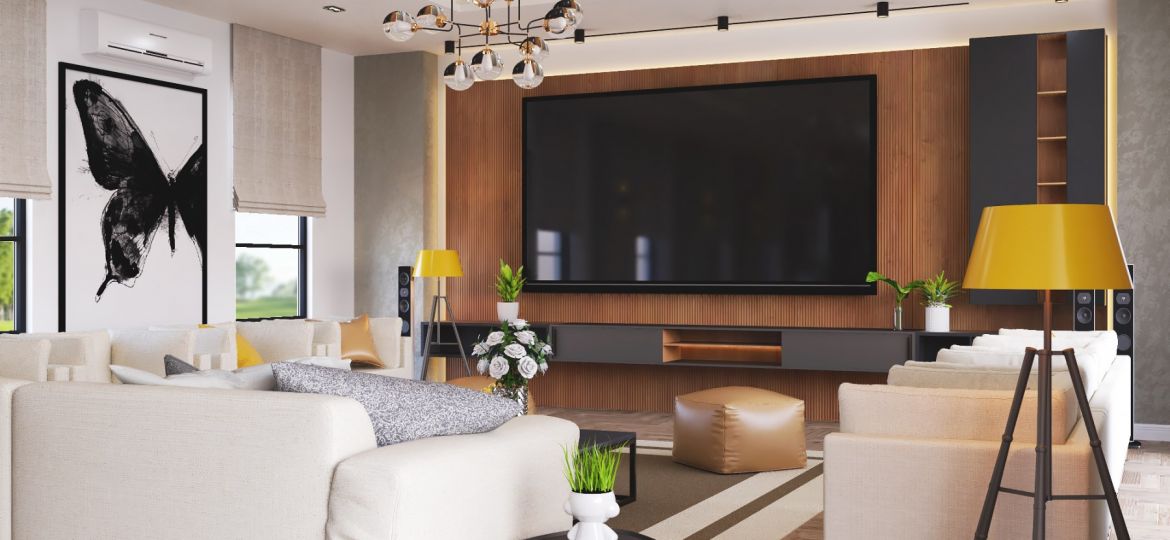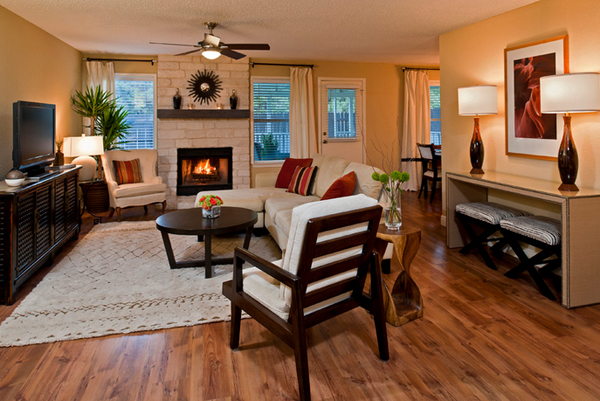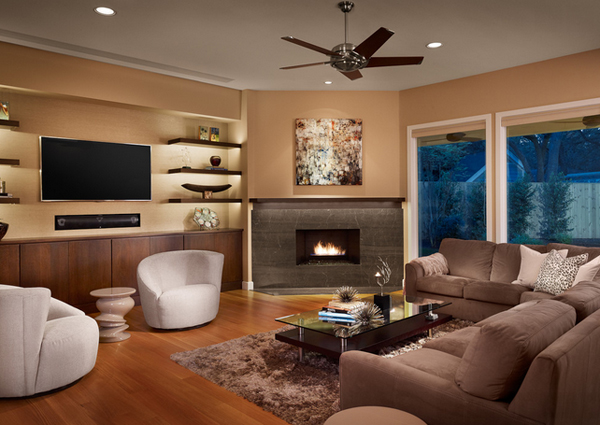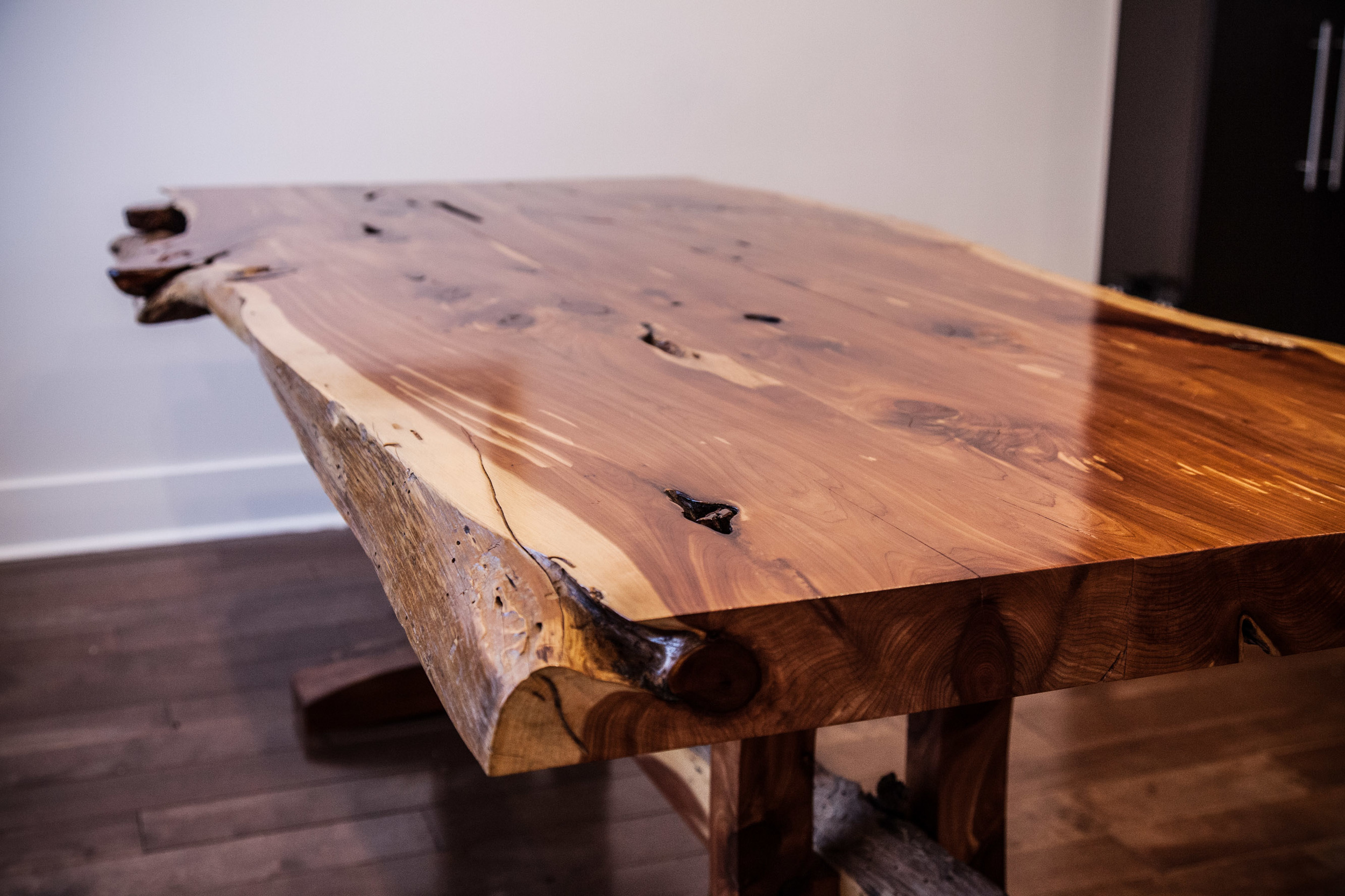Living Room Design with Opposite Focal Points
The living room is often considered the heart of the home, where friends and family gather to relax and spend time together. As such, it's important to create a space that is both inviting and visually appealing. One way to achieve this is by incorporating opposite focal points in your living room design. This can add balance, contrast, and depth to the space, making it more visually interesting and functional.
Opposing Focal Points in Living Room
One of the key elements of interior design is creating a focal point. This is a specific area or feature in a room that draws the eye and anchors the space. By using opposing focal points in your living room, you can create a sense of balance and harmony. This can be achieved by placing two focal points on opposite walls, such as a fireplace on one wall and a large piece of artwork on the opposite wall.
Balance in Living Room with Opposite Focal Points
When designing a living room with opposite focal points, it's important to consider balance. This means evenly distributing visual weight throughout the space. This can be done by using similar-sized objects on each focal point, or by incorporating smaller accents on one focal point to balance out a larger one on the opposite side.
Creating Contrast with Focal Points in Living Room
Incorporating opposite focal points in your living room design can also create contrast, which can add depth and visual interest to the space. This can be achieved by using contrasting colors, textures, or shapes in the focal points. For example, a modern and sleek fireplace can be paired with a bold and textured piece of artwork on the opposite wall.
Maximizing Space with Opposite Focal Points in Living Room
In a small living room, it can be challenging to create a sense of space and openness. However, by using opposite focal points, you can visually expand the room and make it feel larger. This can be achieved by placing a focal point on each end of the room, drawing the eye from one side to the other and creating a sense of flow.
Using Color to Create Opposing Focal Points in Living Room
Color is a powerful tool in interior design, and it can be used to create opposing focal points in your living room. You can do this by using complementary colors on each focal point, or by incorporating a pop of color on one focal point to draw the eye towards it. This can add depth and dimension to the space.
Arranging Furniture for Opposite Focal Points in Living Room
When incorporating opposite focal points in your living room, it's important to consider furniture placement. Furniture should be arranged in a way that allows for easy flow and doesn't obstruct the view of either focal point. This can be achieved by placing furniture at an angle or creating a seating area that faces both focal points.
Creating a Focal Point Wall in Living Room with Opposite Views
If your living room has windows or doors on opposite walls, you can use these as focal points to create a focal point wall. This can be achieved by placing a large piece of artwork or a statement piece of furniture in between the windows or doors. This will create a strong focal point and add interest to the wall.
Using Lighting to Enhance Opposite Focal Points in Living Room
Lighting plays a crucial role in interior design, and it can be used to enhance opposite focal points in your living room. This can be achieved by using different types of lighting, such as task lighting for one focal point and ambient lighting for the other. This will help to draw attention to both focal points and create a well-lit and inviting space.
Designing a Living Room with Dual Focal Points
In some cases, it may be possible to incorporate dual focal points in your living room design. This can be achieved by placing two focal points on the same wall, such as a fireplace and a large piece of artwork. This can create a sense of symmetry and balance in the space, while also adding visual interest.
The Importance of Balance in House Design
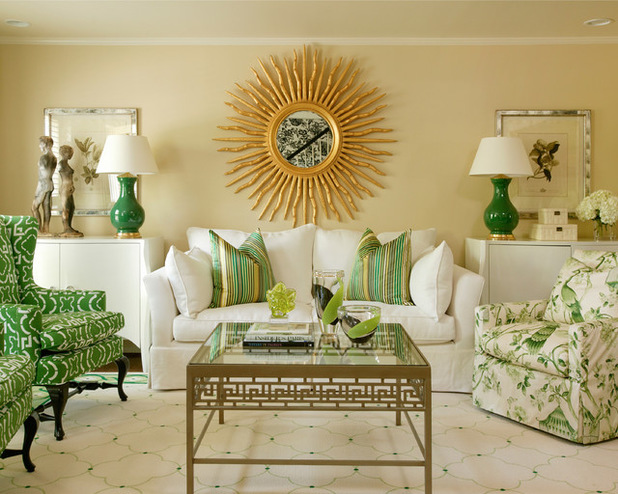
Creating a harmonious living space
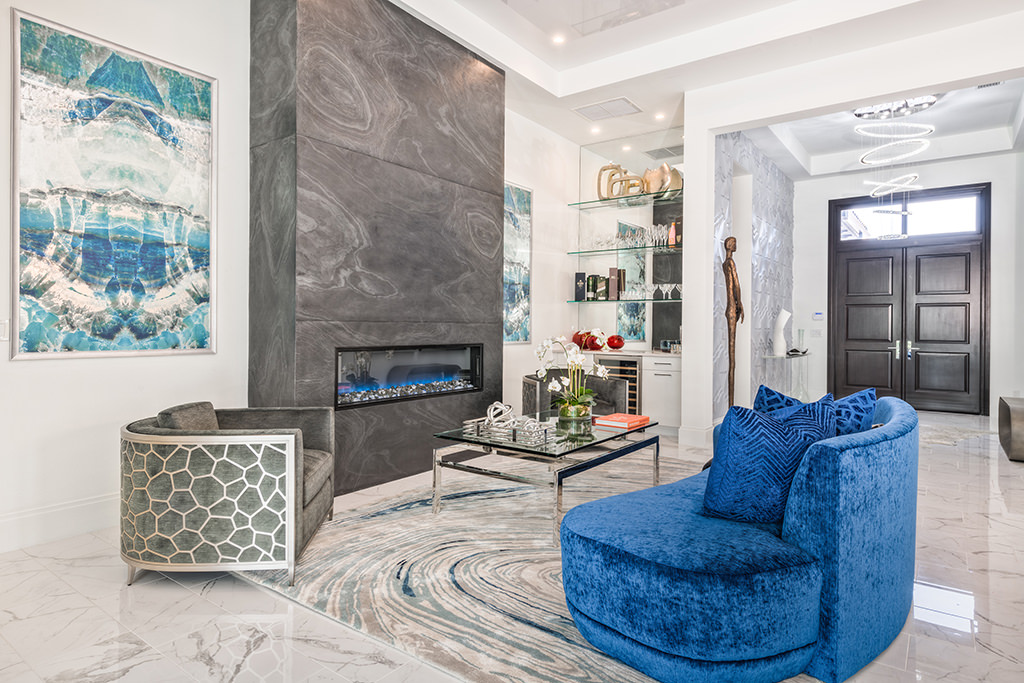 When it comes to designing a house, it is important to consider the overall balance of the space. This not only refers to the physical layout and placement of furniture, but also the balance of visual elements such as color, texture, and focal points. A well-balanced living room with
opposite focal points
is a key aspect of achieving a harmonious and inviting atmosphere.
When it comes to designing a house, it is important to consider the overall balance of the space. This not only refers to the physical layout and placement of furniture, but also the balance of visual elements such as color, texture, and focal points. A well-balanced living room with
opposite focal points
is a key aspect of achieving a harmonious and inviting atmosphere.
The role of focal points
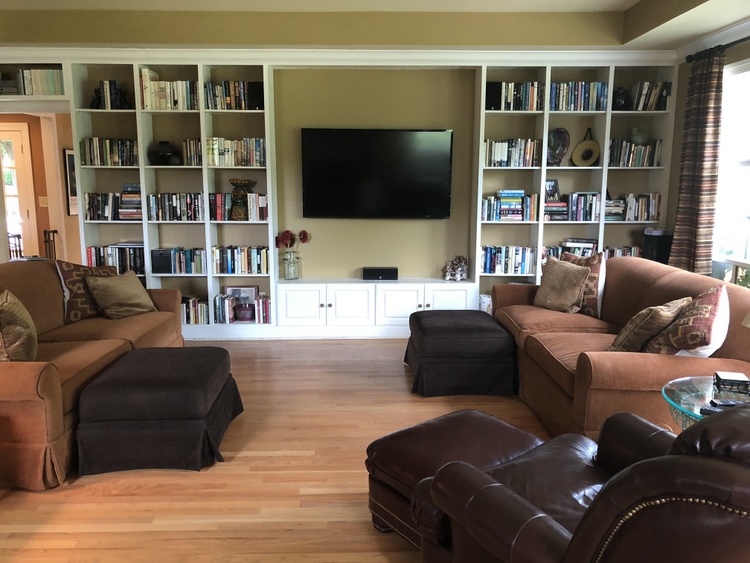 Focal points are the main areas of interest in a room that draw the eye and create a sense of depth and dimension. They can be created through various elements such as a fireplace, a large window with a scenic view, or a striking piece of artwork. In a living room with
opposite focal points
, two or more elements are strategically placed to create a balanced and visually appealing space.
Focal points are the main areas of interest in a room that draw the eye and create a sense of depth and dimension. They can be created through various elements such as a fireplace, a large window with a scenic view, or a striking piece of artwork. In a living room with
opposite focal points
, two or more elements are strategically placed to create a balanced and visually appealing space.
Creating balance with opposite focal points
 Having
opposite focal points
in a living room can be an effective way to create balance and harmony in the space. For example, if one focal point is a large window with a scenic view, the opposite focal point could be a cozy fireplace. These two elements provide a balance between natural and man-made, as well as light and warmth. Similarly, a bold piece of artwork on one side of the room can be balanced by a neutral-colored sofa on the opposite side.
Having
opposite focal points
in a living room can be an effective way to create balance and harmony in the space. For example, if one focal point is a large window with a scenic view, the opposite focal point could be a cozy fireplace. These two elements provide a balance between natural and man-made, as well as light and warmth. Similarly, a bold piece of artwork on one side of the room can be balanced by a neutral-colored sofa on the opposite side.
The impact on the overall design
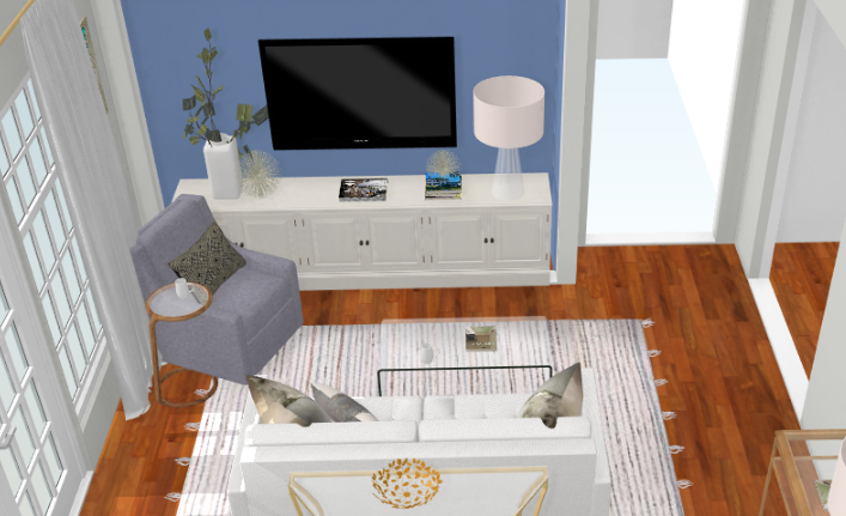 The use of
opposite focal points
in a living room not only creates visual balance, but also adds interest and depth to the overall design. It allows for a more dynamic and engaging space, rather than a flat and one-dimensional look. Additionally, it can help to tie together different design elements in the room, creating a cohesive and well-thought-out space.
The use of
opposite focal points
in a living room not only creates visual balance, but also adds interest and depth to the overall design. It allows for a more dynamic and engaging space, rather than a flat and one-dimensional look. Additionally, it can help to tie together different design elements in the room, creating a cohesive and well-thought-out space.
In conclusion
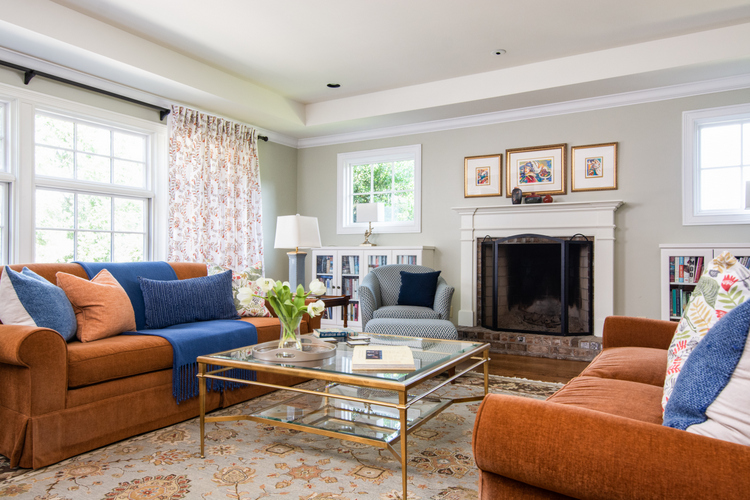 Incorporating
opposite focal points
in a living room is a key aspect of achieving balance and harmony in house design. It adds interest, depth, and cohesion to the overall space, creating a welcoming and visually appealing atmosphere. So the next time you are designing a living room, be sure to consider the importance of balance and the impact of
opposite focal points
.
Incorporating
opposite focal points
in a living room is a key aspect of achieving balance and harmony in house design. It adds interest, depth, and cohesion to the overall space, creating a welcoming and visually appealing atmosphere. So the next time you are designing a living room, be sure to consider the importance of balance and the impact of
opposite focal points
.



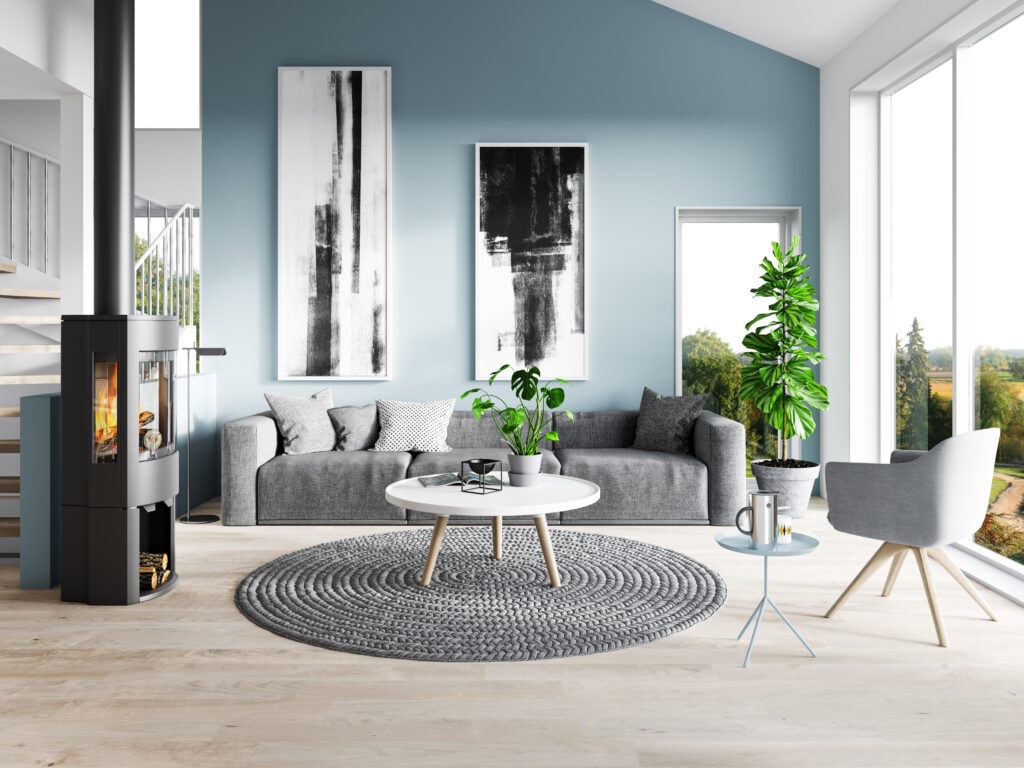
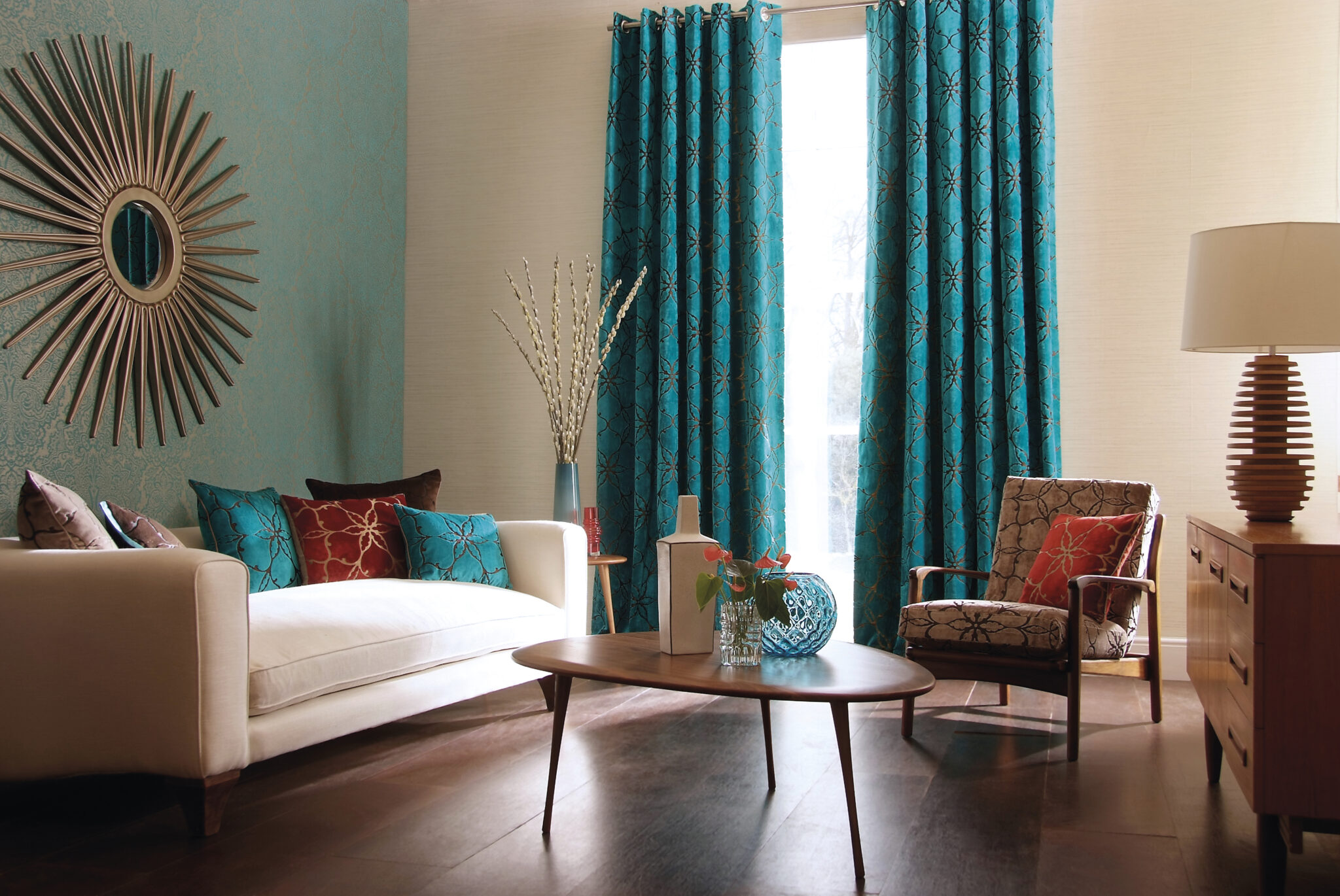
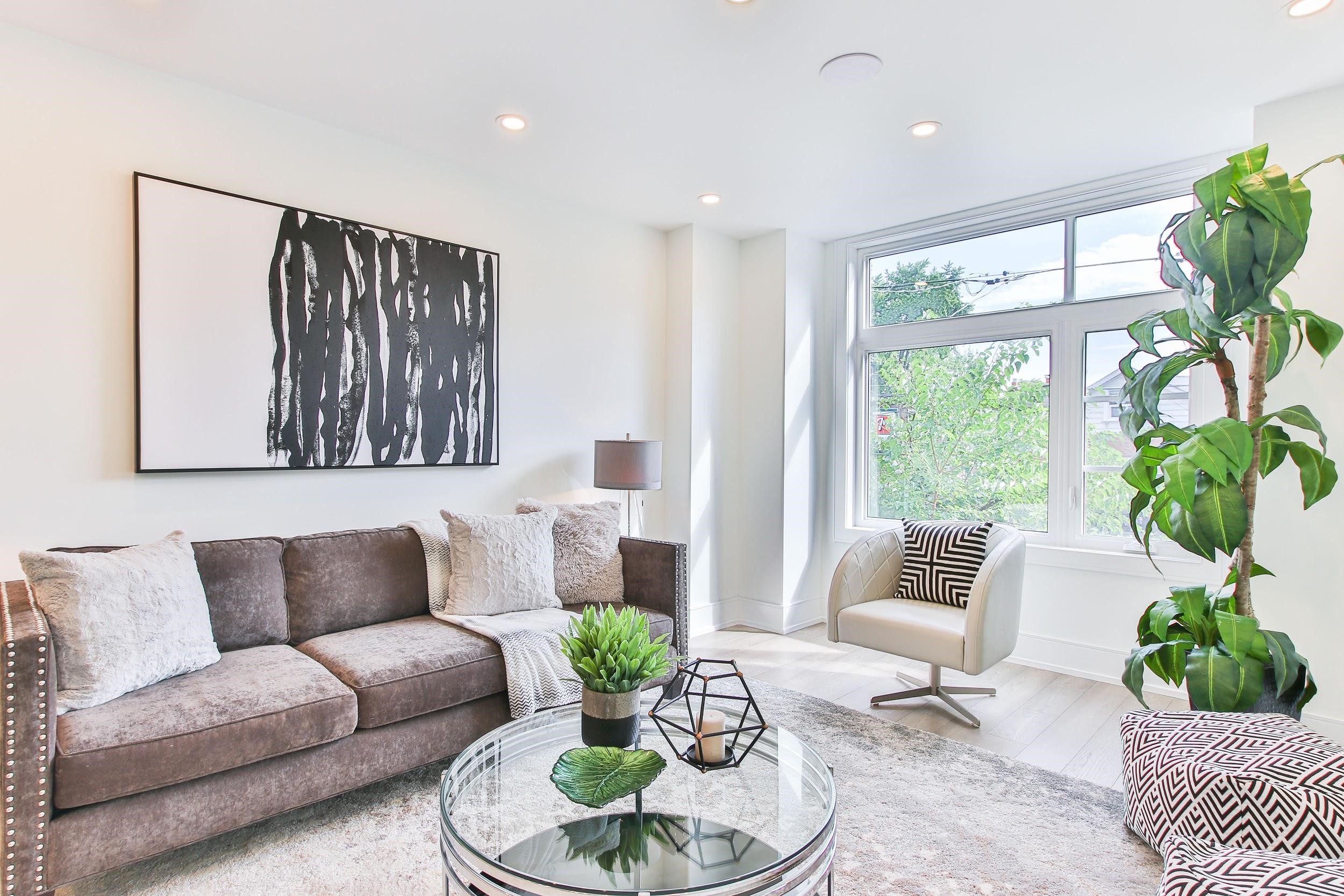
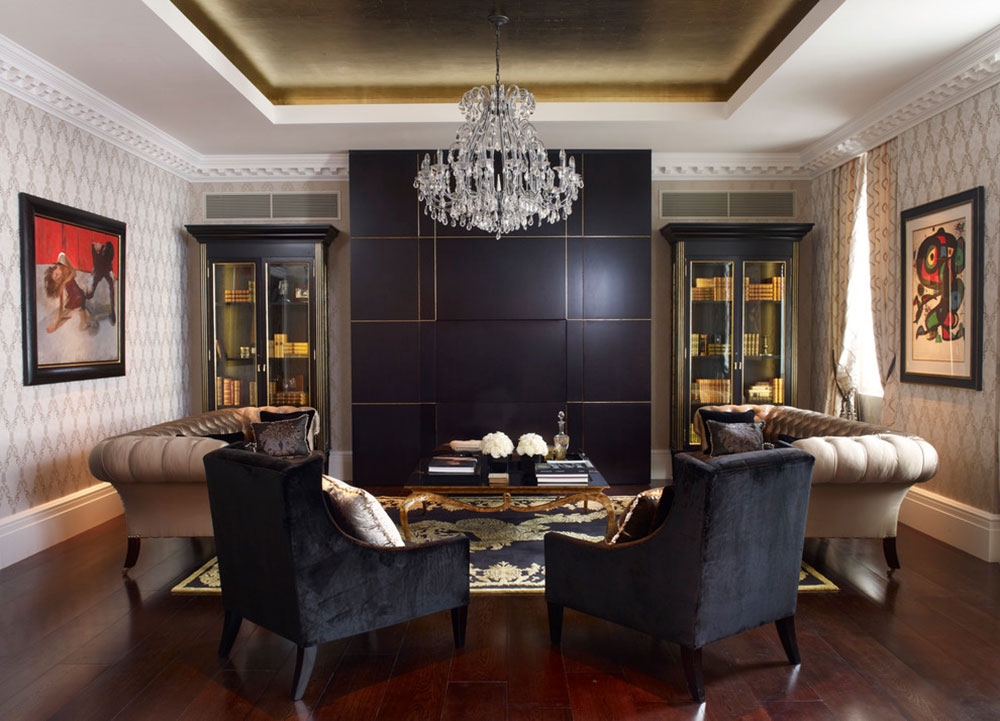
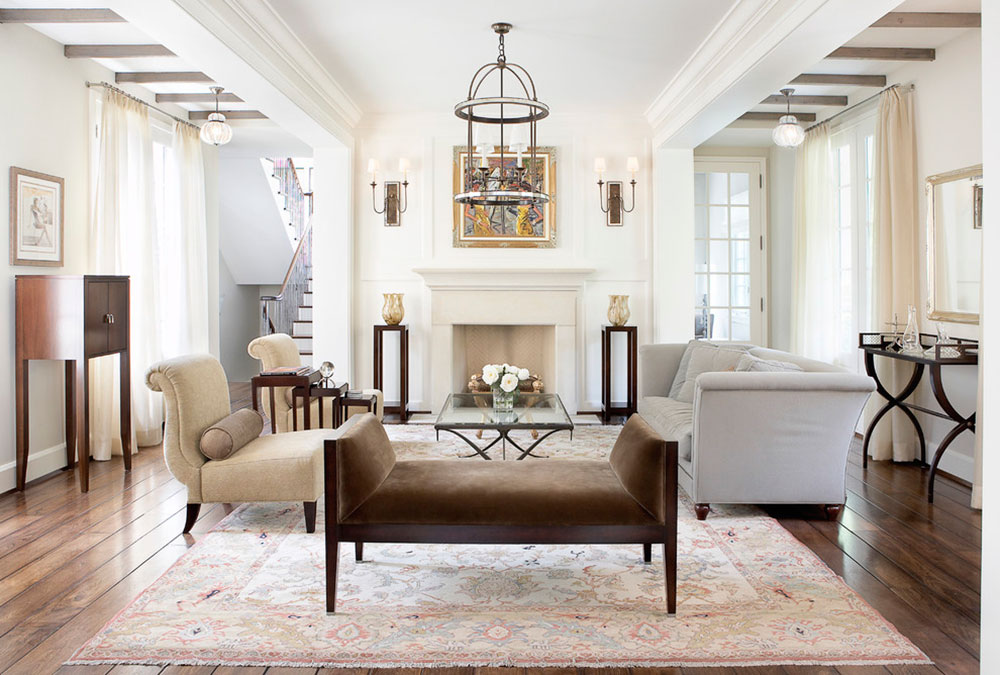
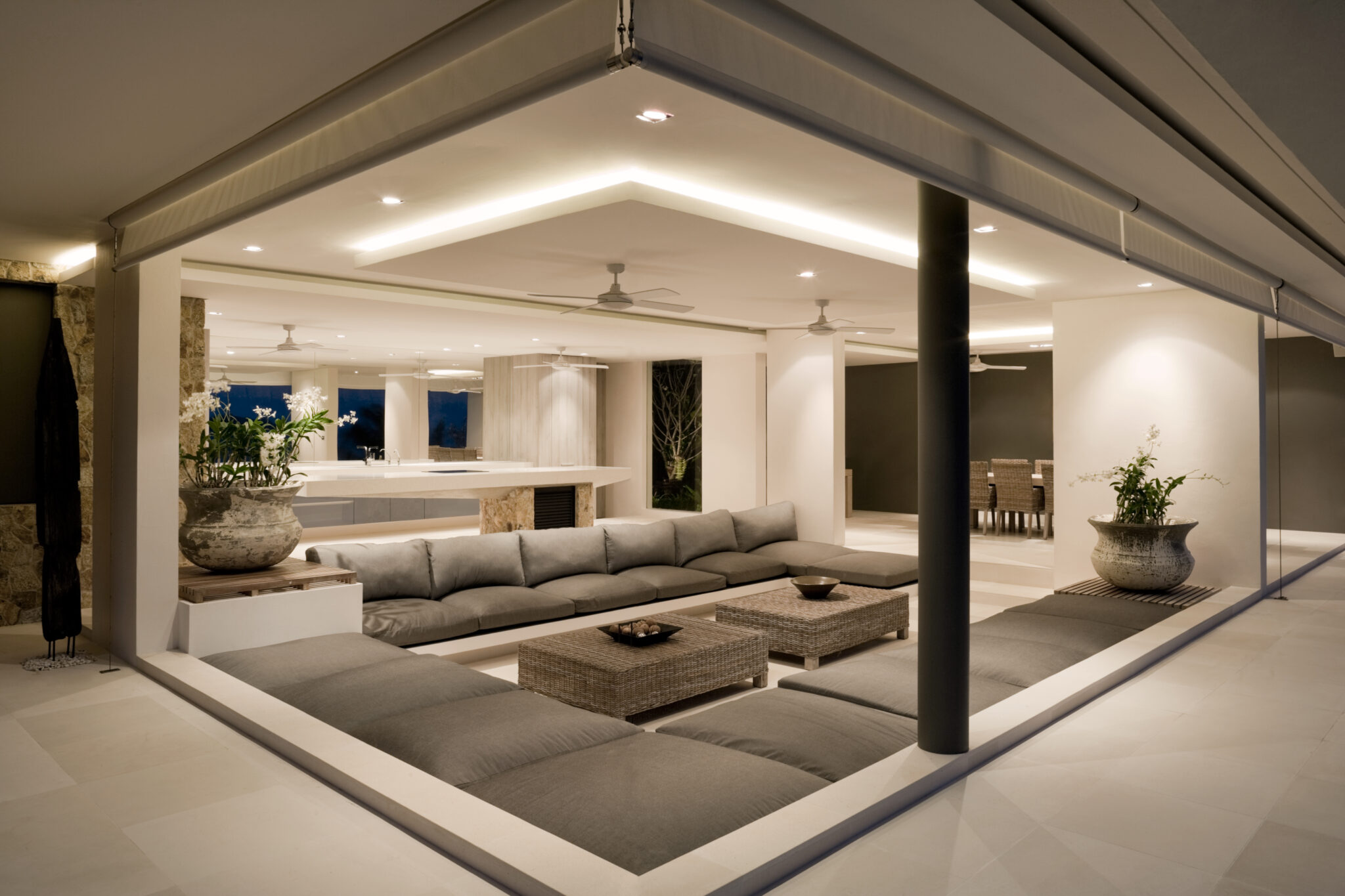
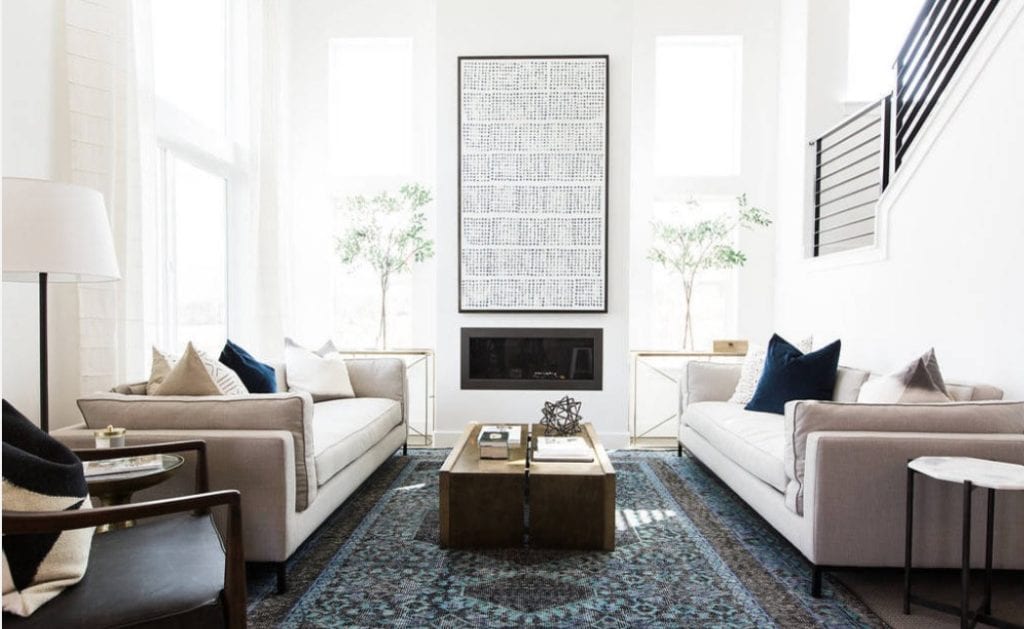




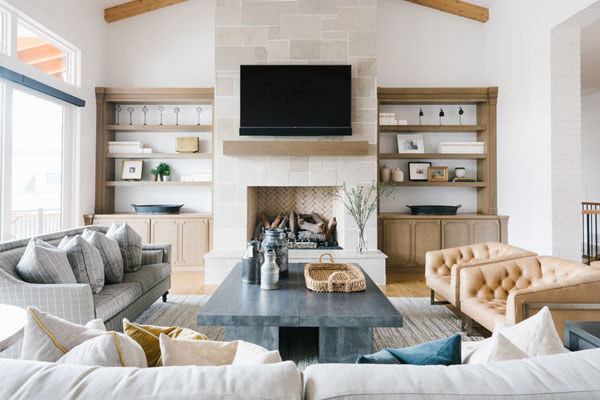
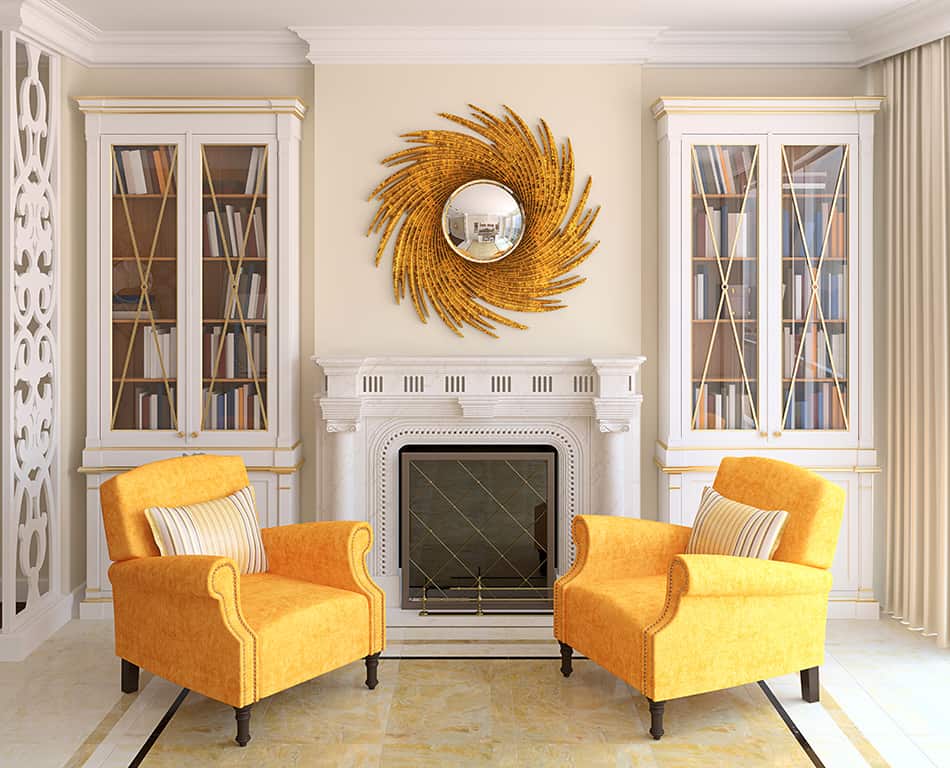





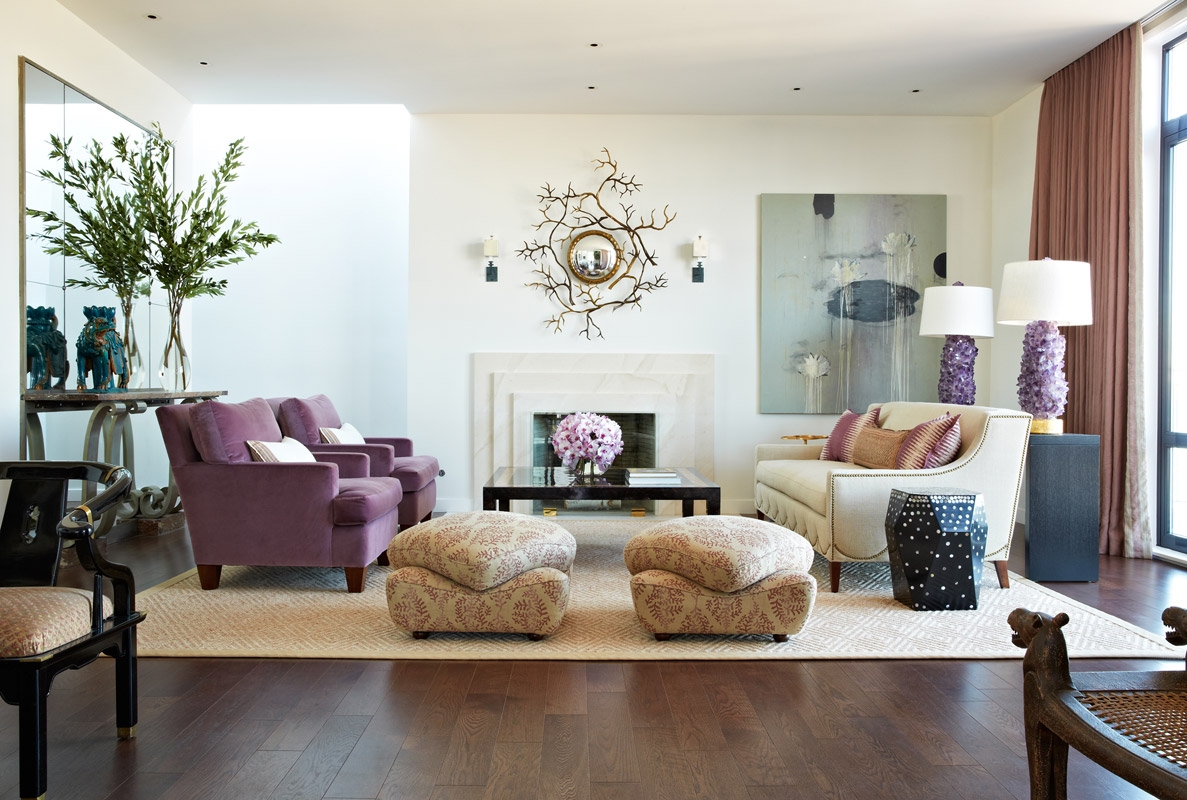

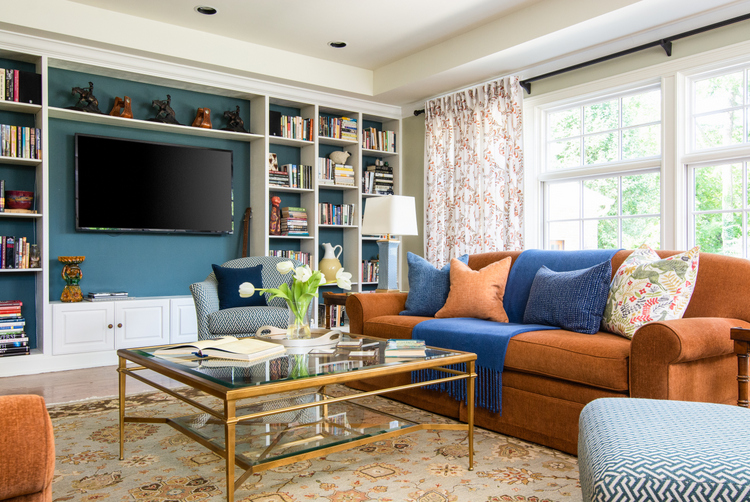



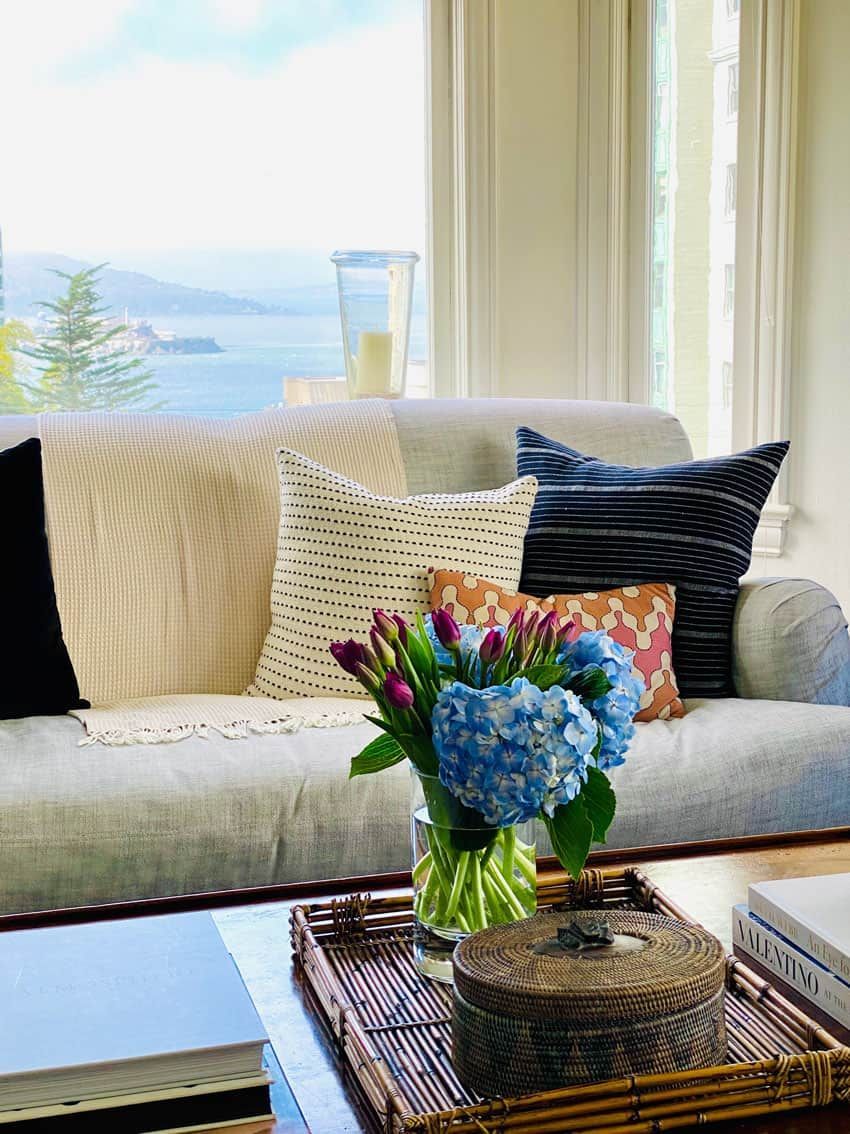
:max_bytes(150000):strip_icc()/3-Scheer-Co.-Interior-Design-bungalow-58bdc96c5f9b58af5c23b3a6.jpg)

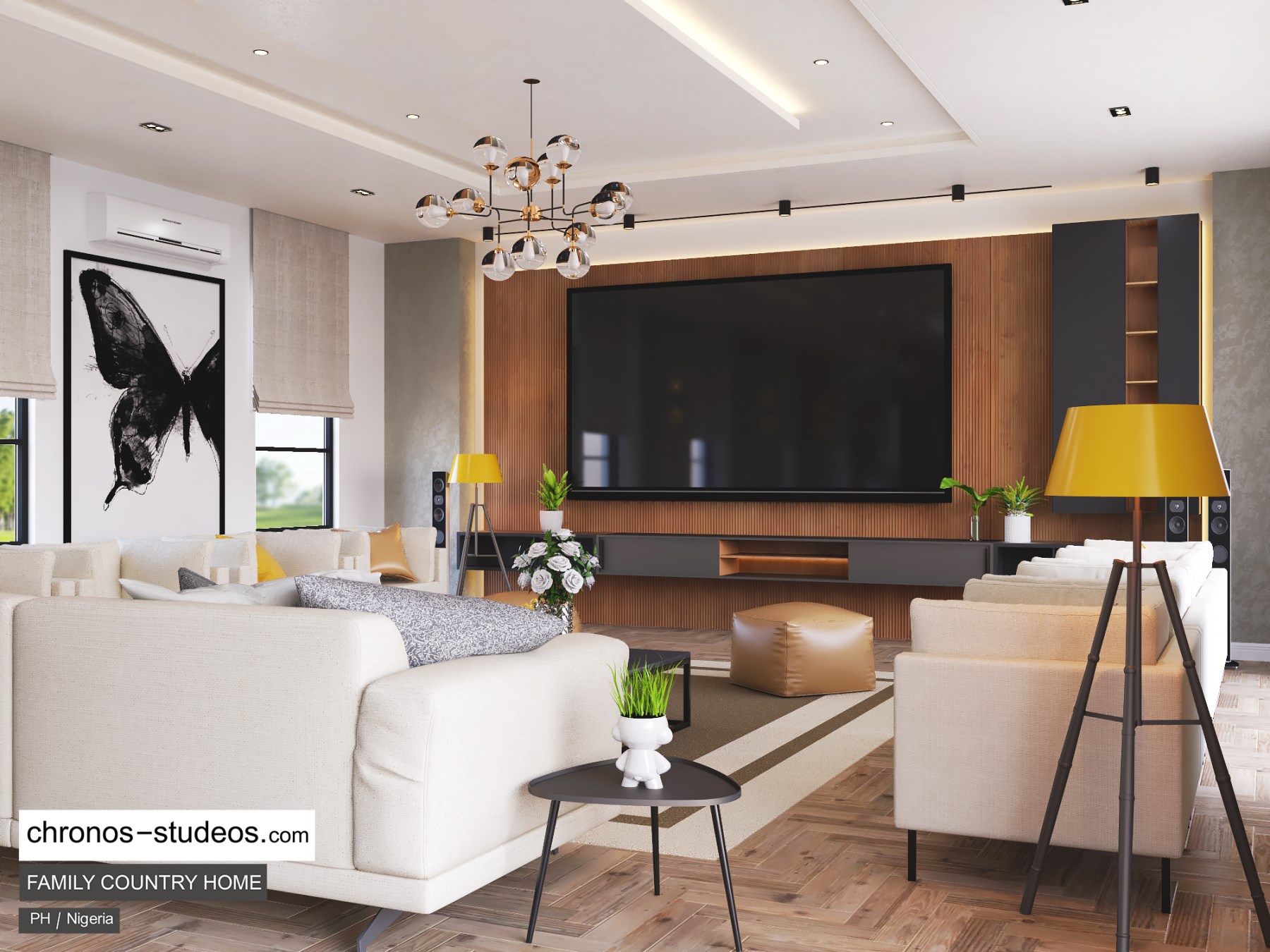



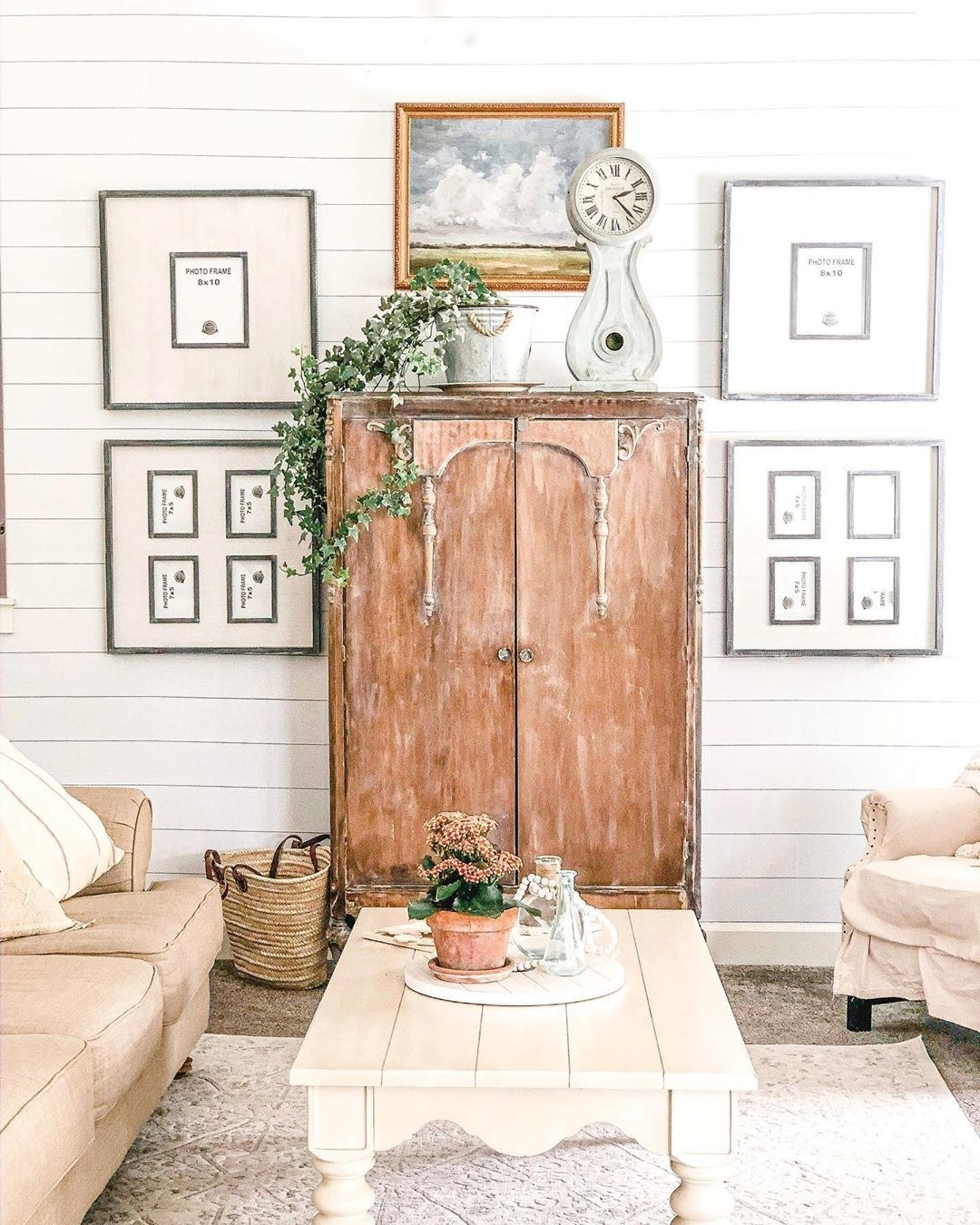
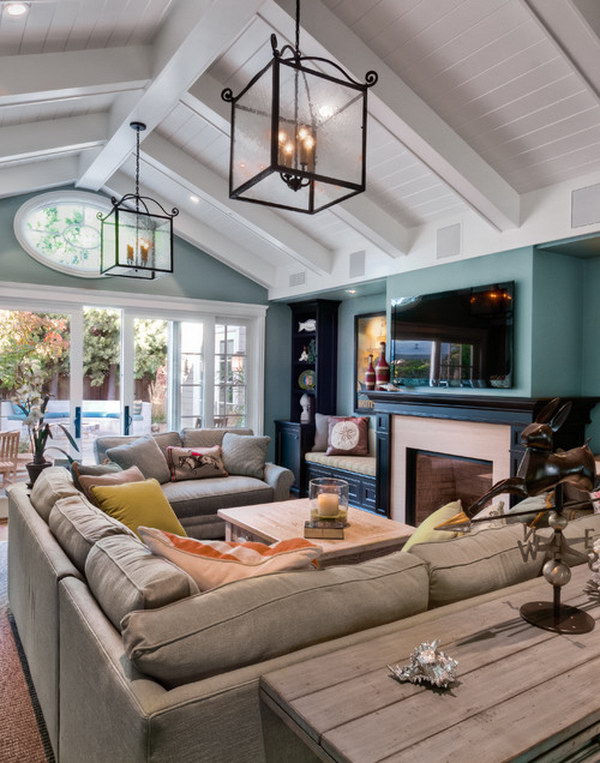
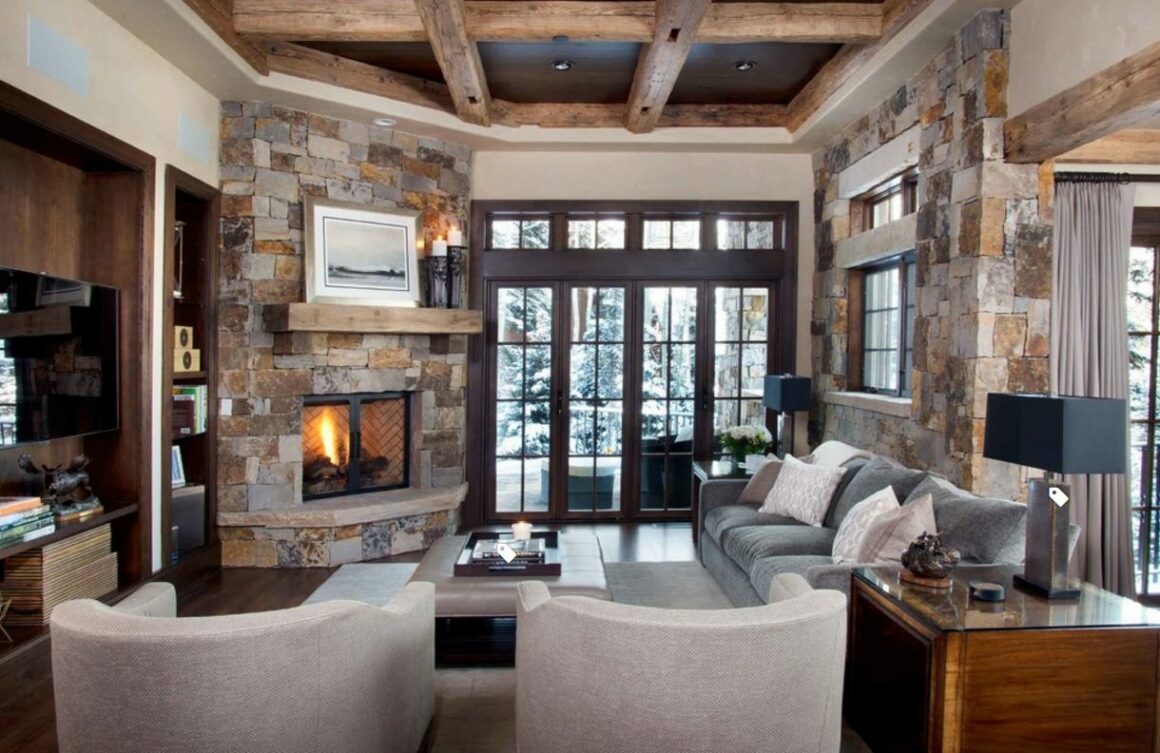


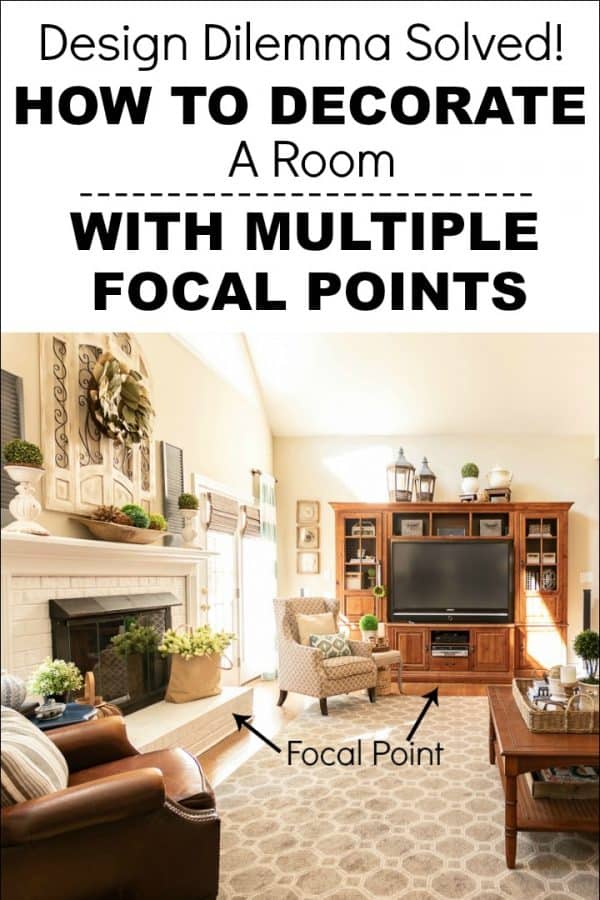





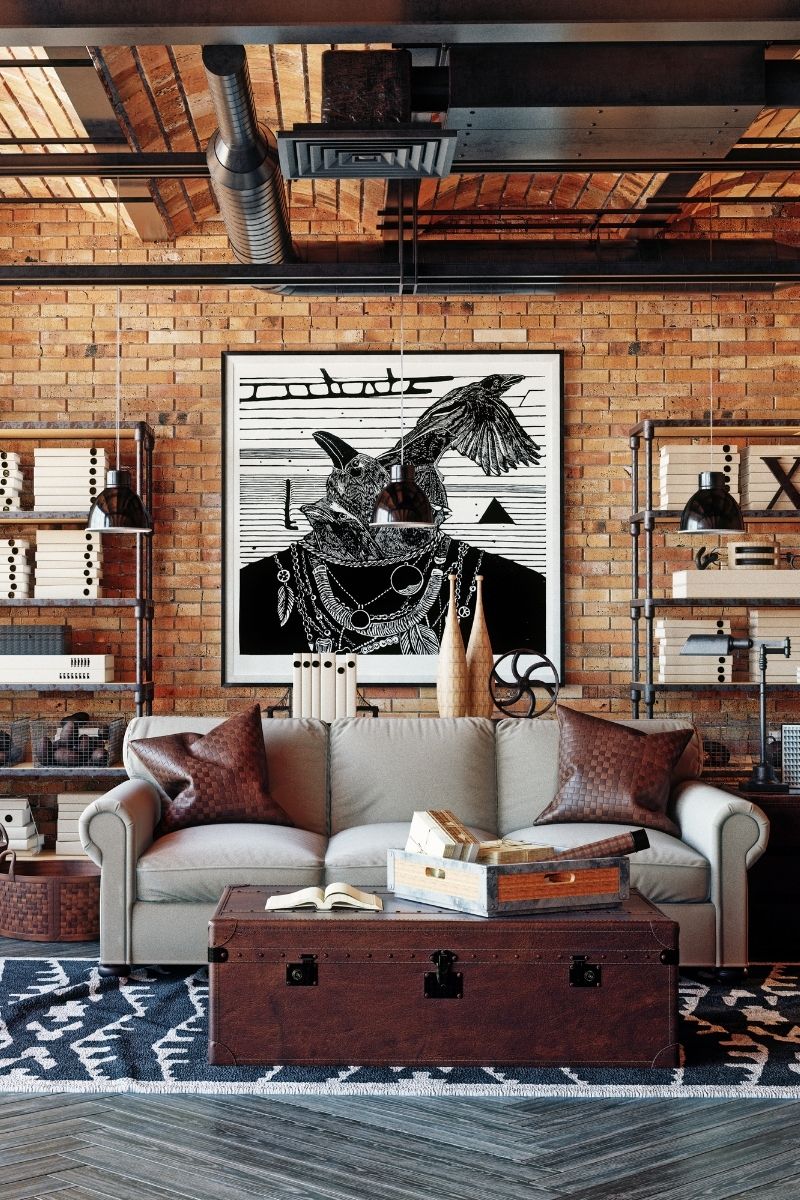



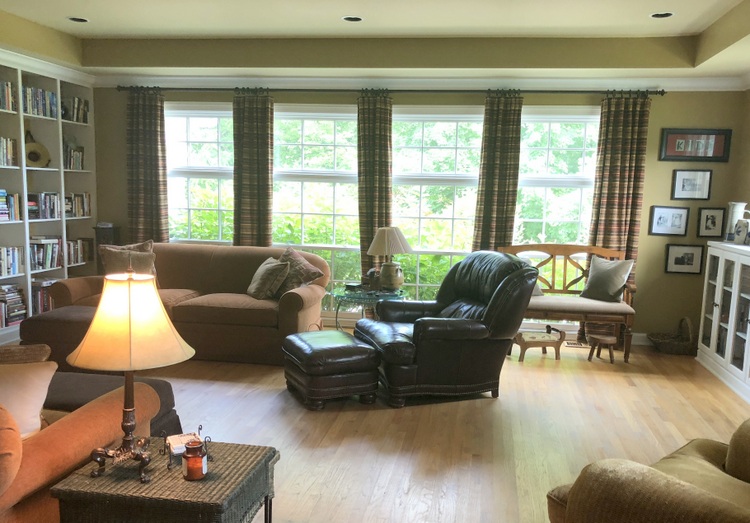

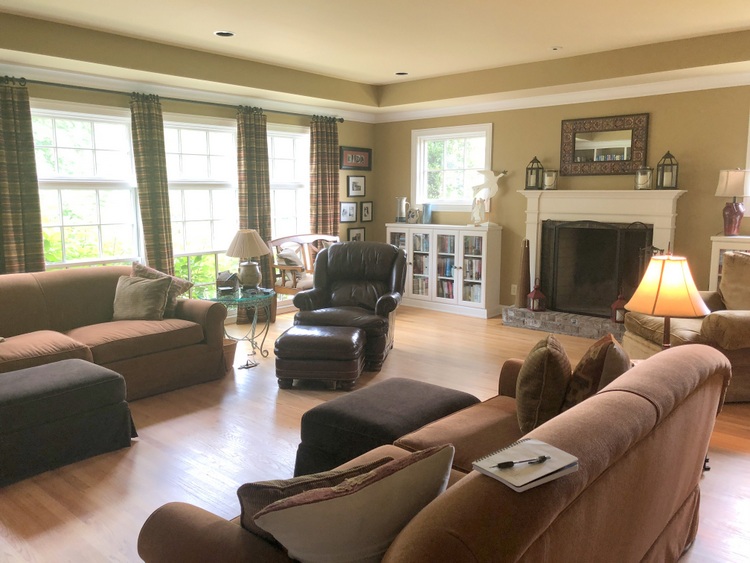

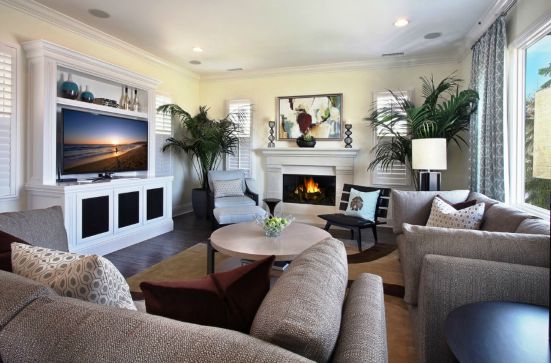
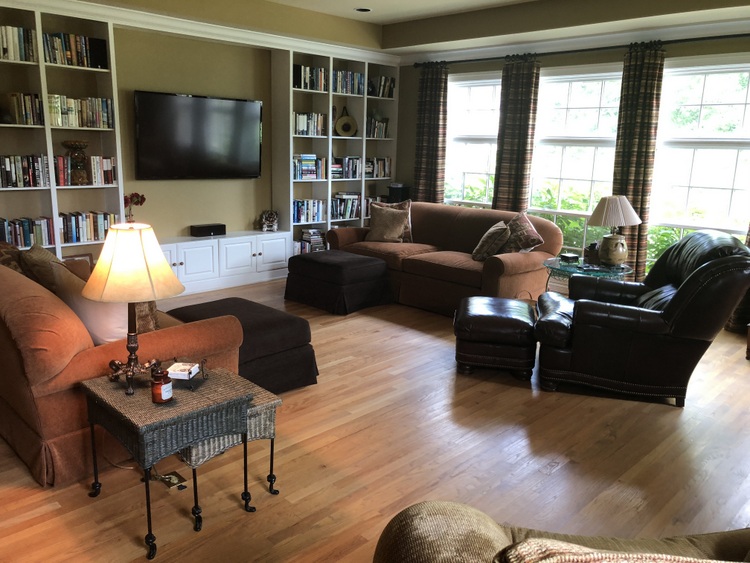




/1-fin-New-Hero-Cement-Tile-Fireplace-59f21f60d088c00010410854.jpg)
:max_bytes(150000):strip_icc()/fin-7-Savannah-traditional-living-room-5a62743313f1290036a34b56.jpg)
:max_bytes(150000):strip_icc()/modern-living-room-1010758368-c2f7cc8c5609461994192c95b0597781.jpg)
:max_bytes(150000):strip_icc()/fin-3-gray-black-blue-5a6273fcc7822d00378d1708.jpg)

